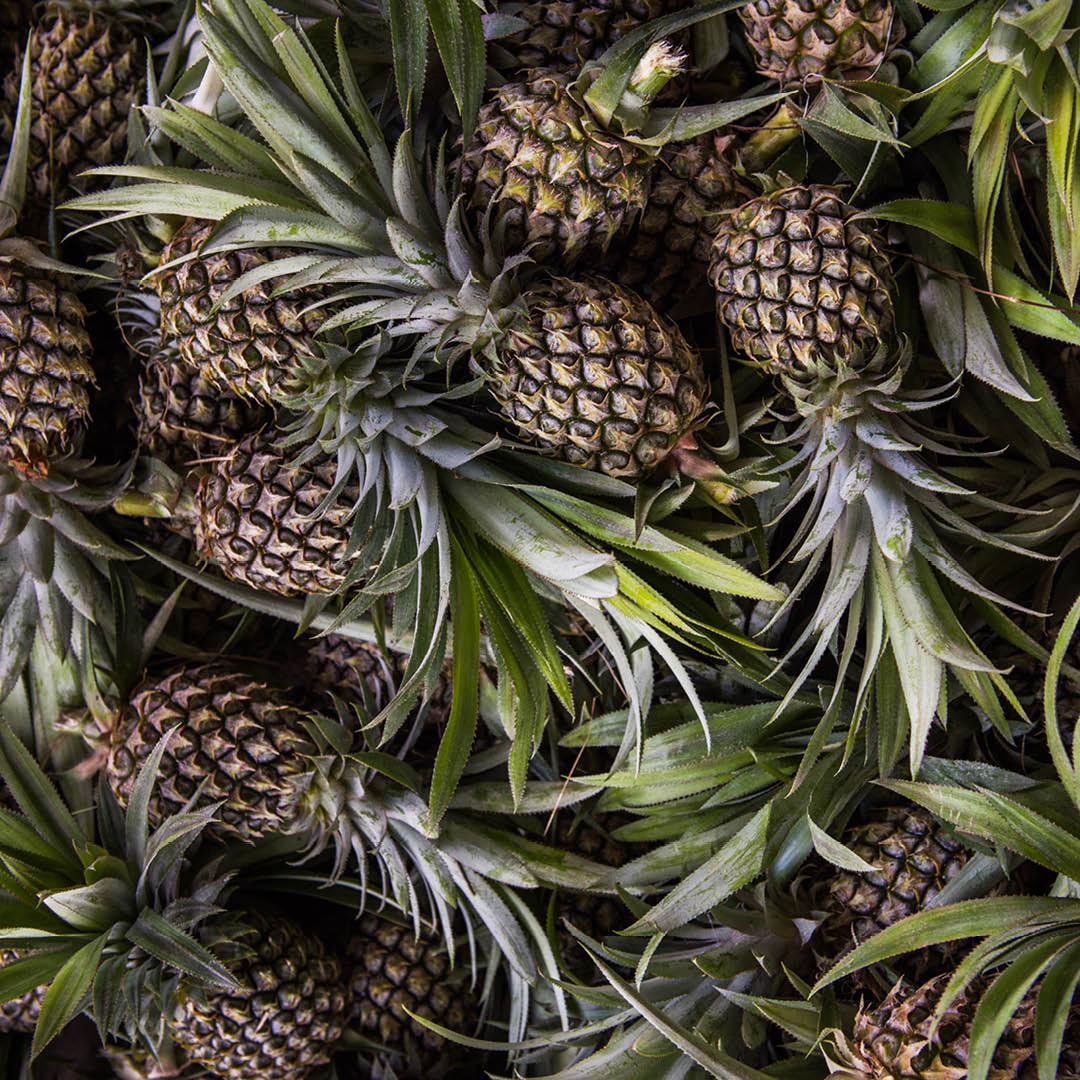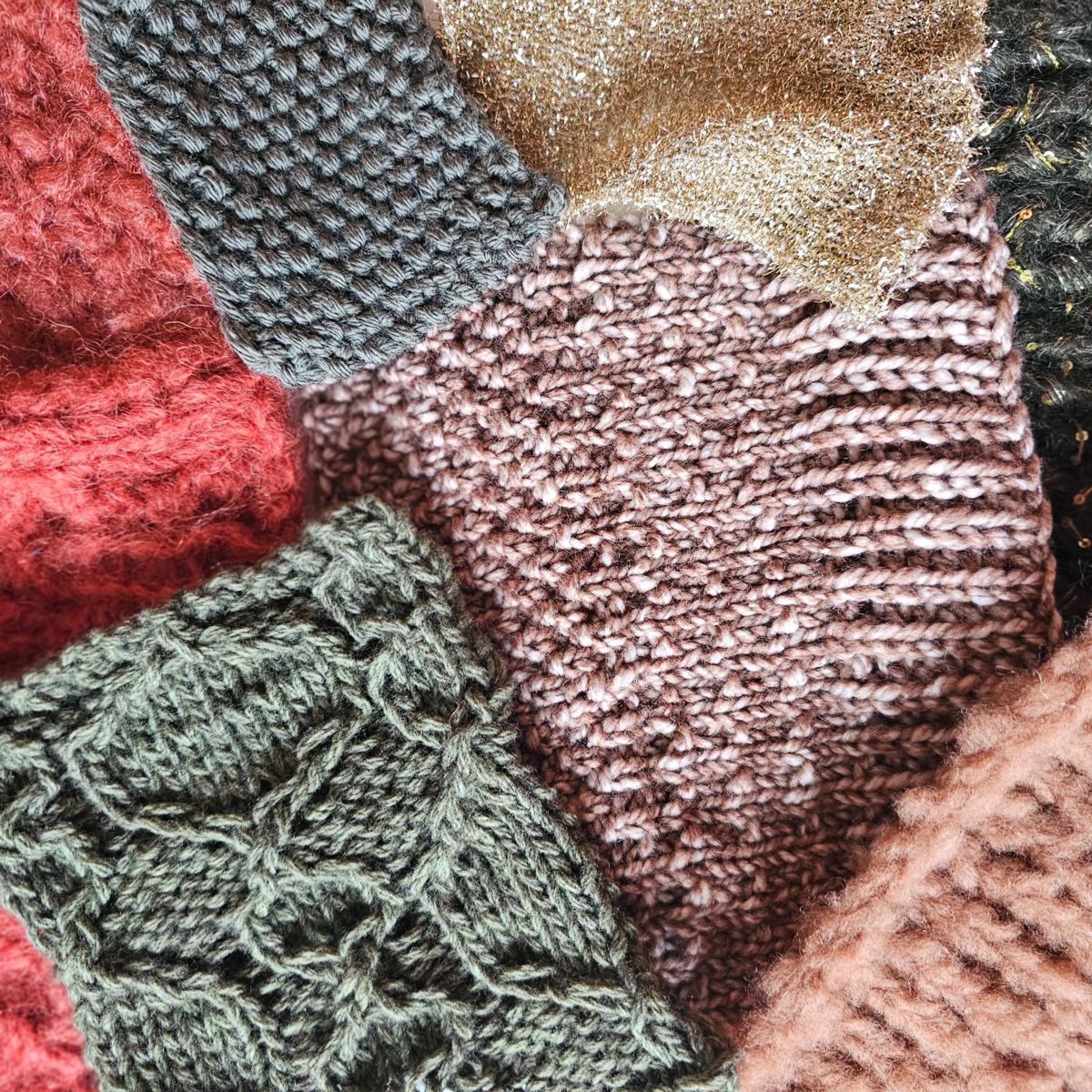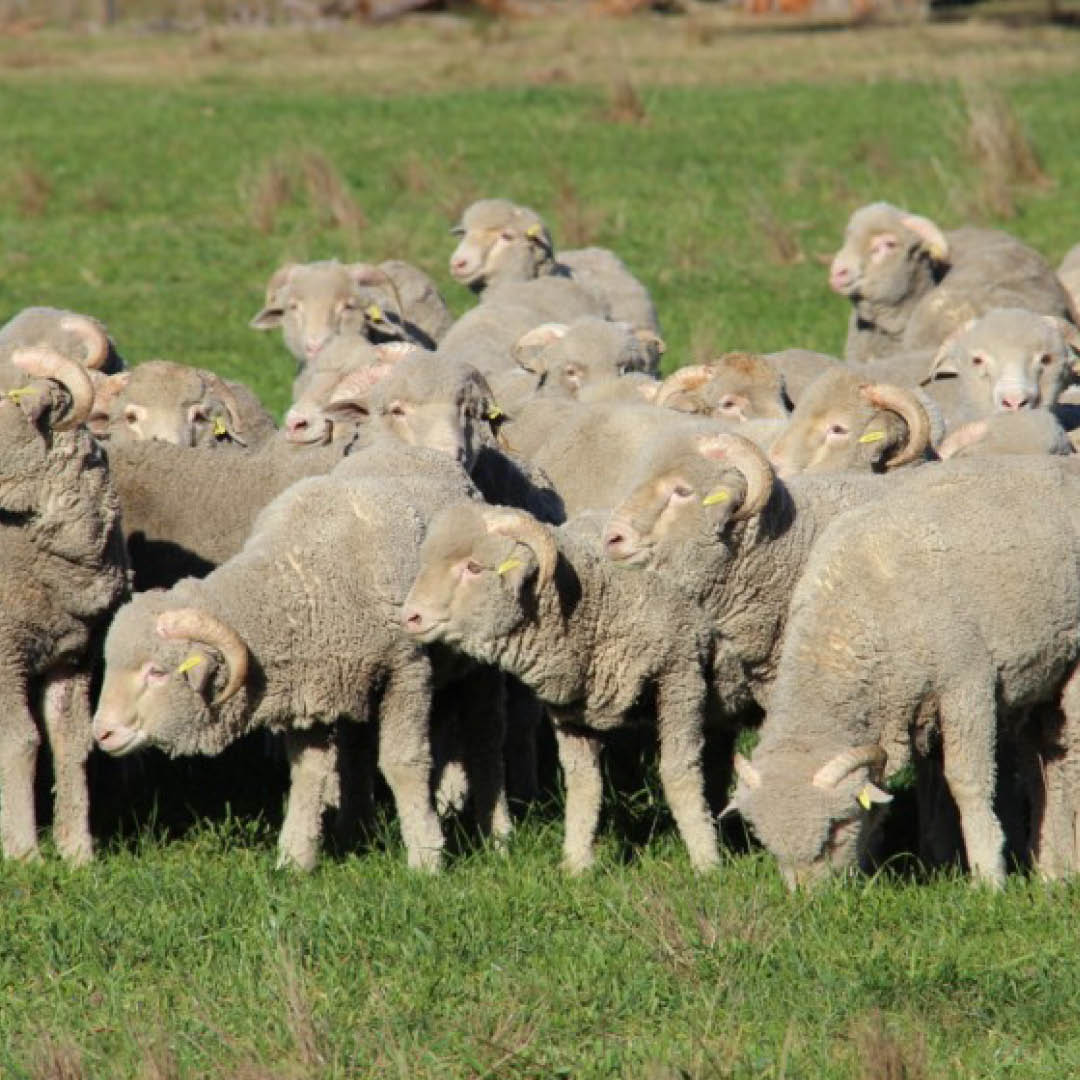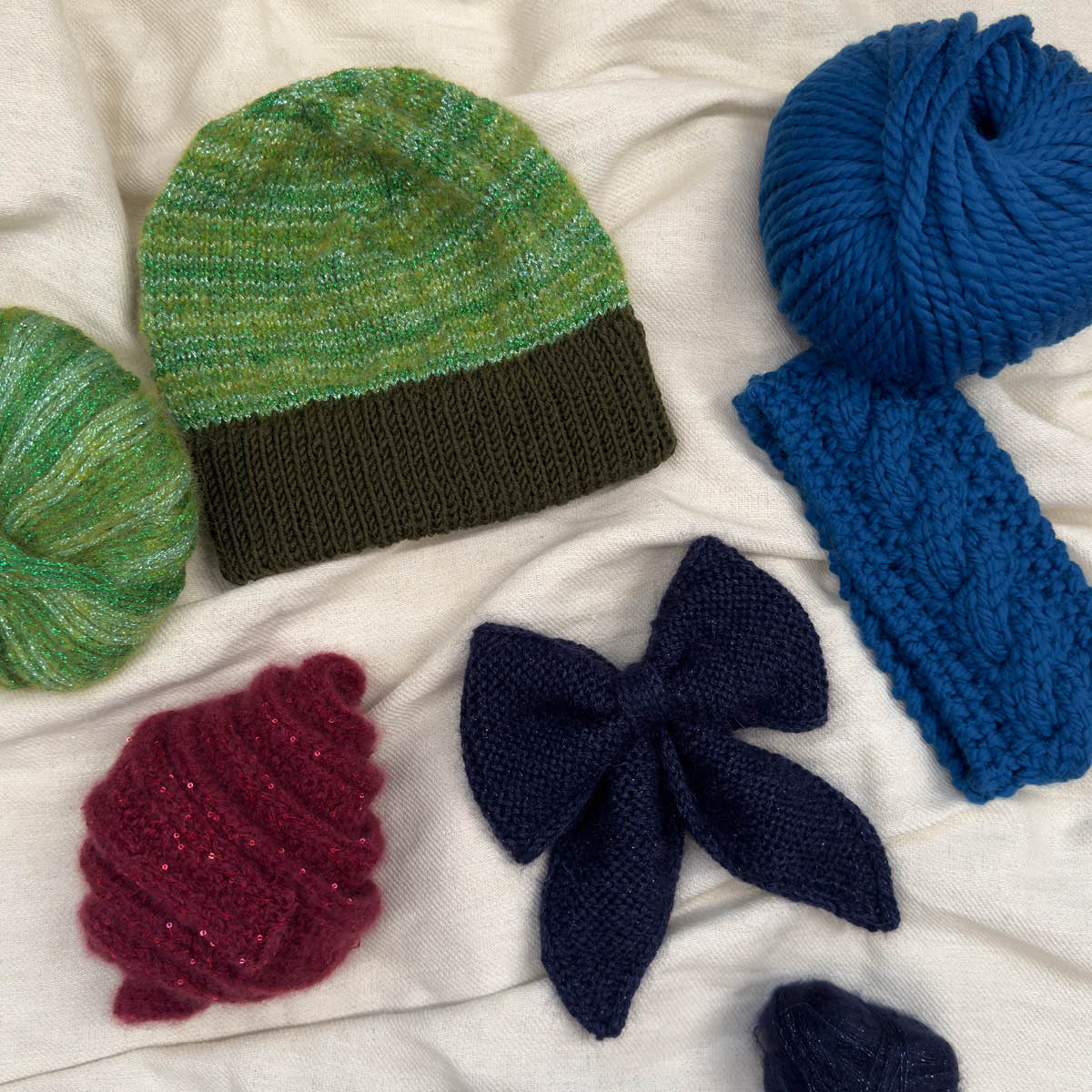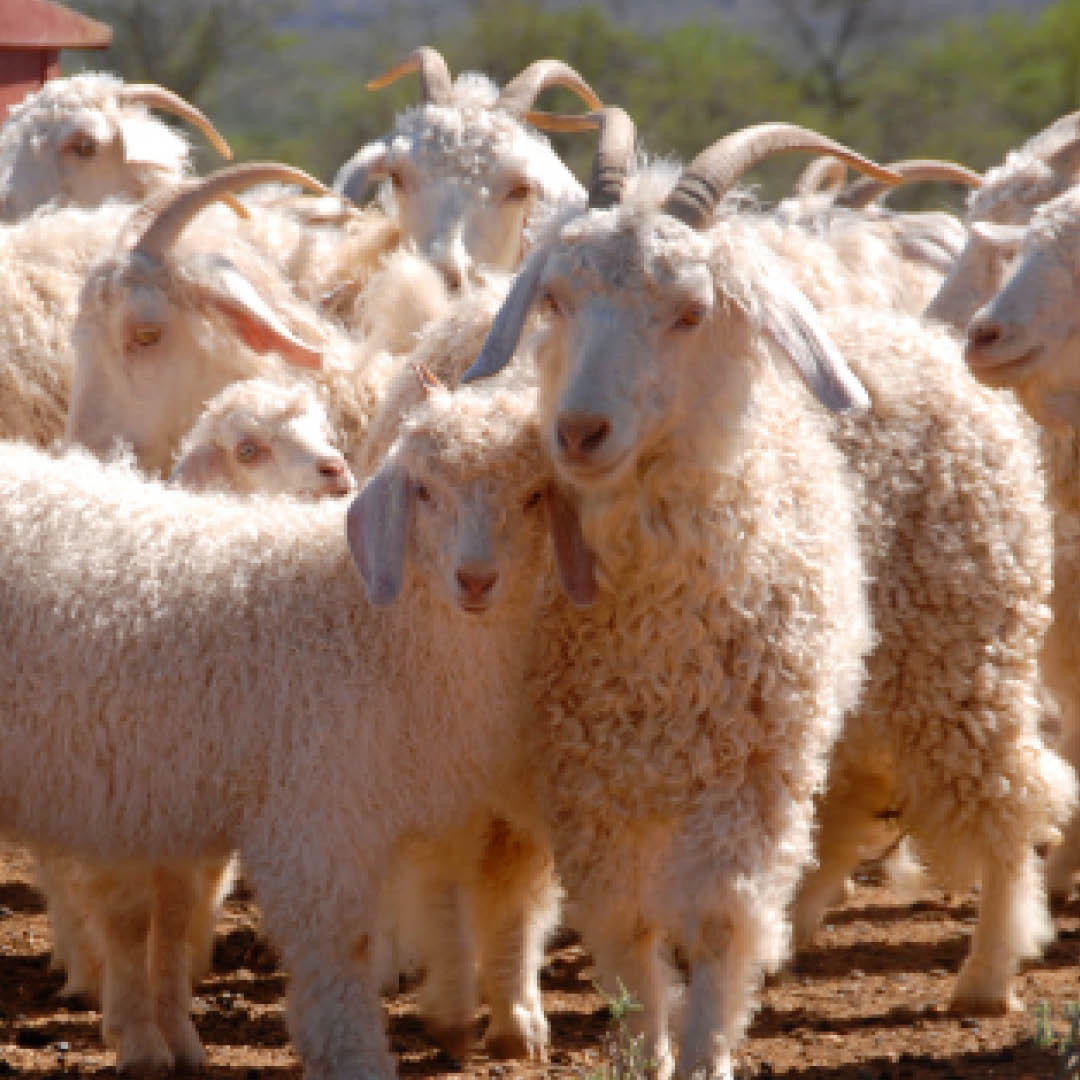Silk does not grow like other fibres, nor is it produced artificially by man. So how is it created - this shiny, soft material that has been used in textile production for over 5000 years? Silk textile fibre is obtained from the cocoons of silkworms. These cocoons serve the caterpillars during the course of their metamorphosis into moths. The silkworm spins its cocoon using a single matte thread, up to 1.5 kilometres long: the raw silk (grège). A silk fibre is made up of two filaments of fibroin protein, glued together with a coating of the silk gum sericin. The fibroin and sericin are produced in the body of the silkworm. As soon as these liquids leave the body of the silkworm, then dry in the air and solidify. The silk fibres are golden yellow to ochre in colour and have an irregular structure. Dyeing the fibres results in strong, radiant shades.
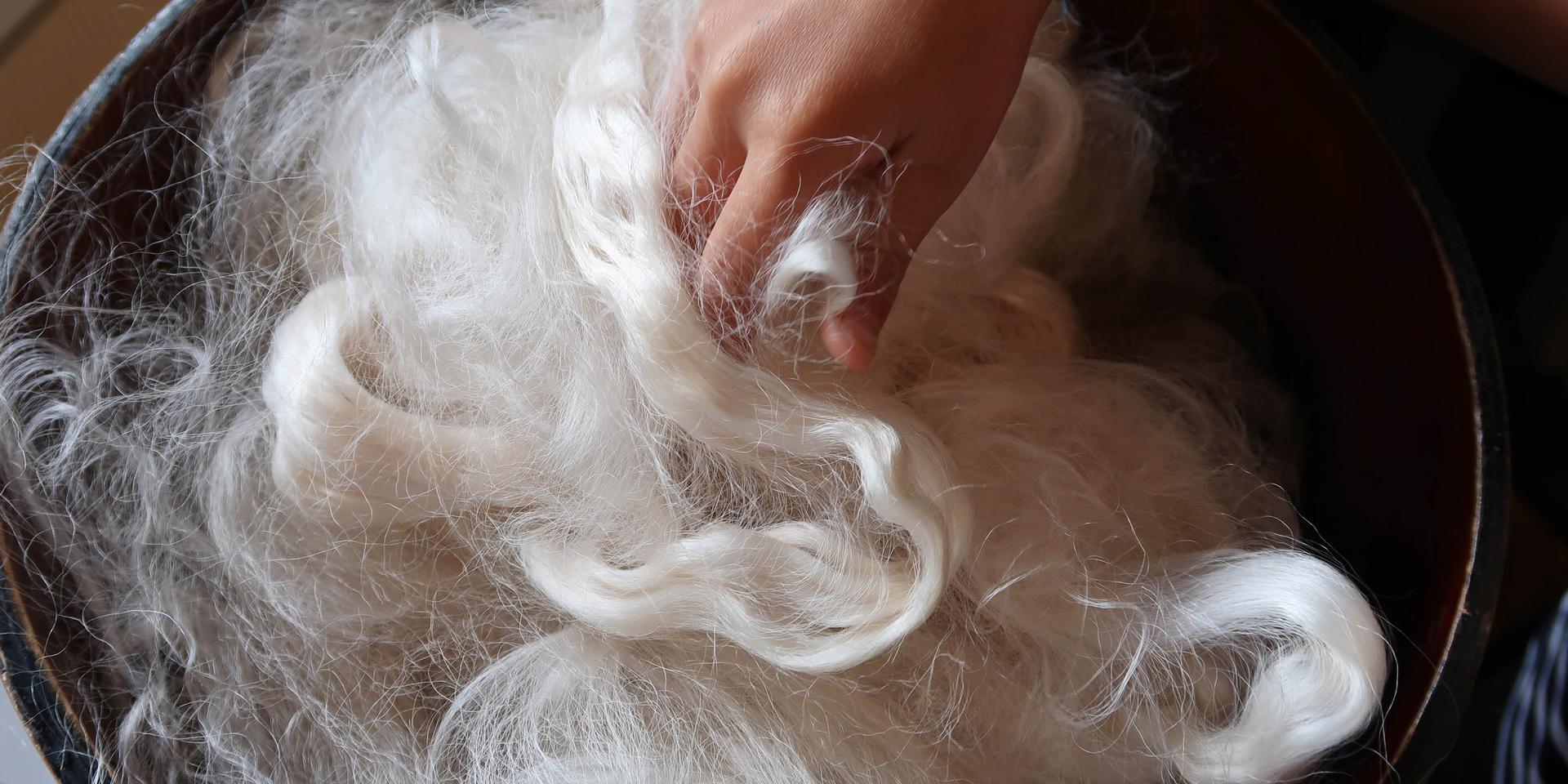
Tussah silk
Tussah silk belongs to the wild silks. The cocoons used to produce it come from uncultivated insects, which have already hatched into butterflies. For this process, the outer layer of the cocoon is removed. In order to unroll the silk fibre, the cocoon is then boiled to loosen the silk glue. With wild silk, the sericin is difficult to remove, making Tussah silk somewhat stiffer and more matte in appearance than mulberry silk. Wild silk is spun together with merino wool, cashmere, mohair and cotton for high-quality yarns.
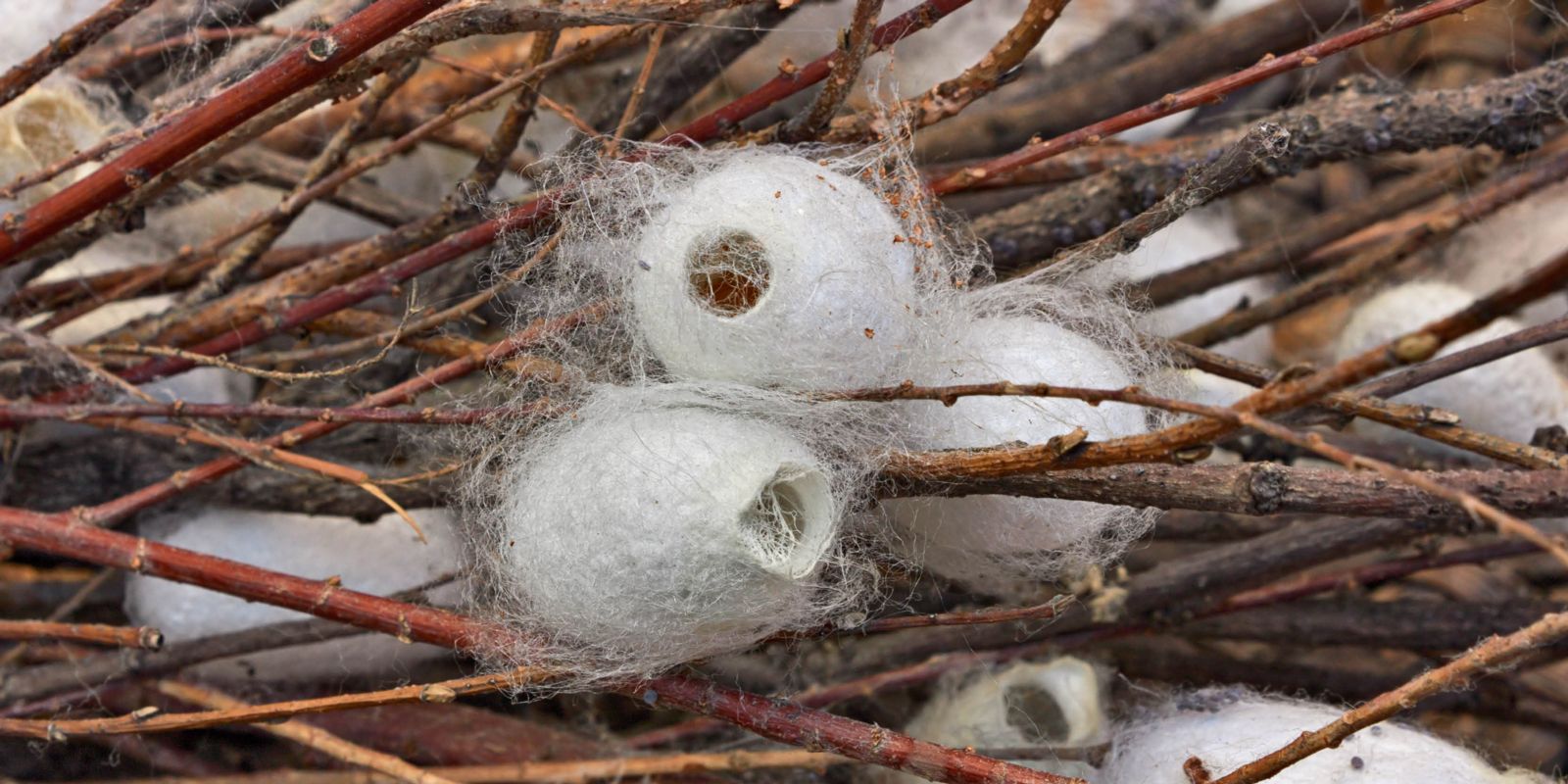
Mulberry silk
Mulberry silk is obtained from the cultivated silkworms of the domestic silk moth Bombyx mori (illustration right). These silkworms feed on the leaves of the mulberry tree, which is how the silk gets its name (illustration left). Today, Bombyx mori is mainly farmed in China. The Mulberry silk thread is shinier and finer, with a more regular structure than Tussah silk thread. The grège is easier to unwind than with wild silk, and once the silk-glue has been removed it is almost white.
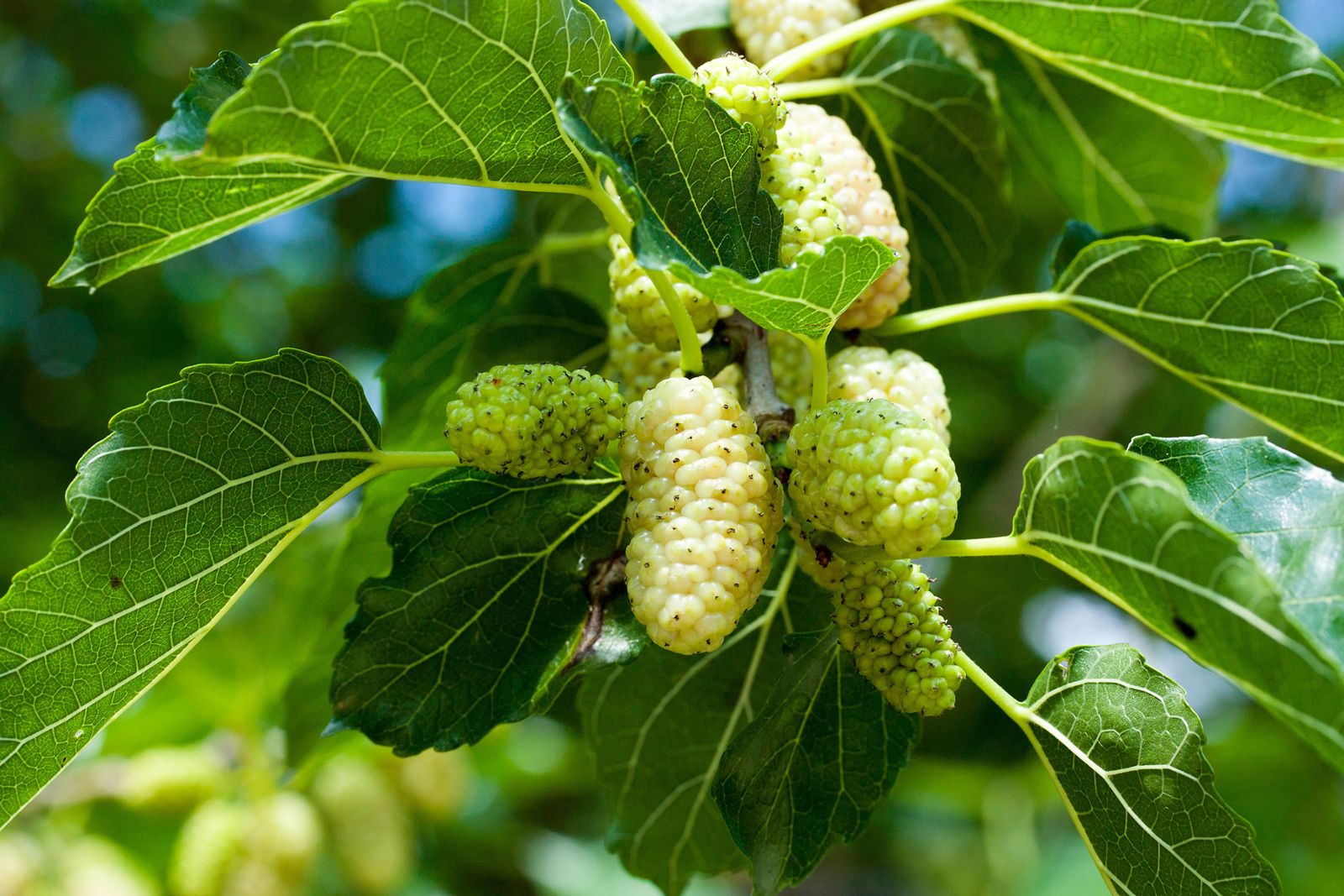
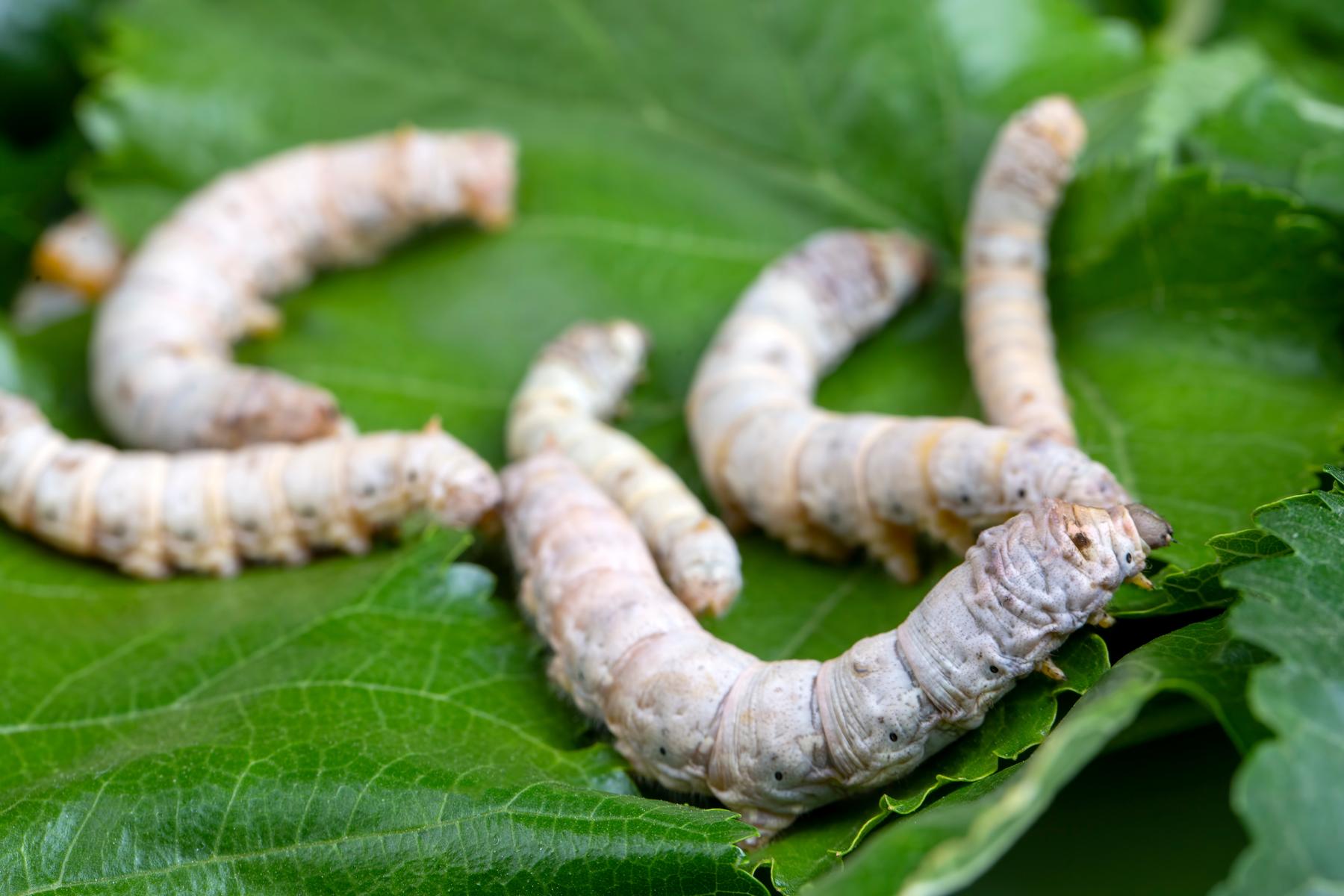
The silkworms do not get to tear the silk thread because, after the spinning process, the cocoons are dried with hot air, causing the caterpillars to die. In this way, up to 1,500 m of silk thread can be unwound continuously, without interruption. On average, a single cocoon produces up to 2,500 m of silk thread. Because of the unwinding process, this silk is also known as reeled silk.
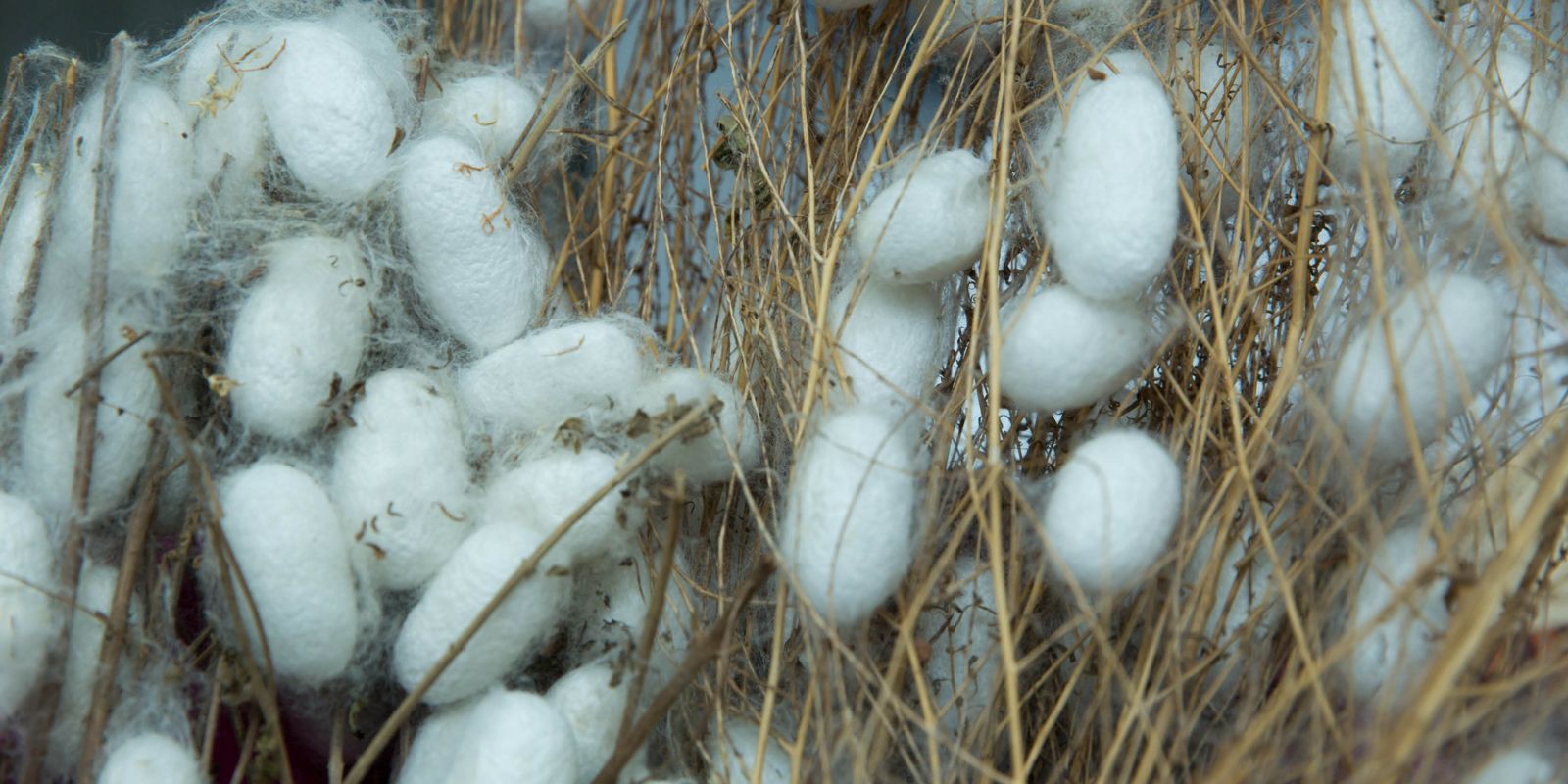
Schappe silk
The soft Schappe silk is the slightly shiny silk made from the waste of Mulberry silk production. Because silk production is very demanding and expensive, silk producers endeavour to re-use all waste from the unwinding of the cocoons. Schappe silk is composed of remnants from the unwound cocoons and irregular outer layers the cocoon. In order to produce a silk thread from the waste, the worsted method is used. The raw material is gathered together, combed and made into tops. Then it is drawn into roving.
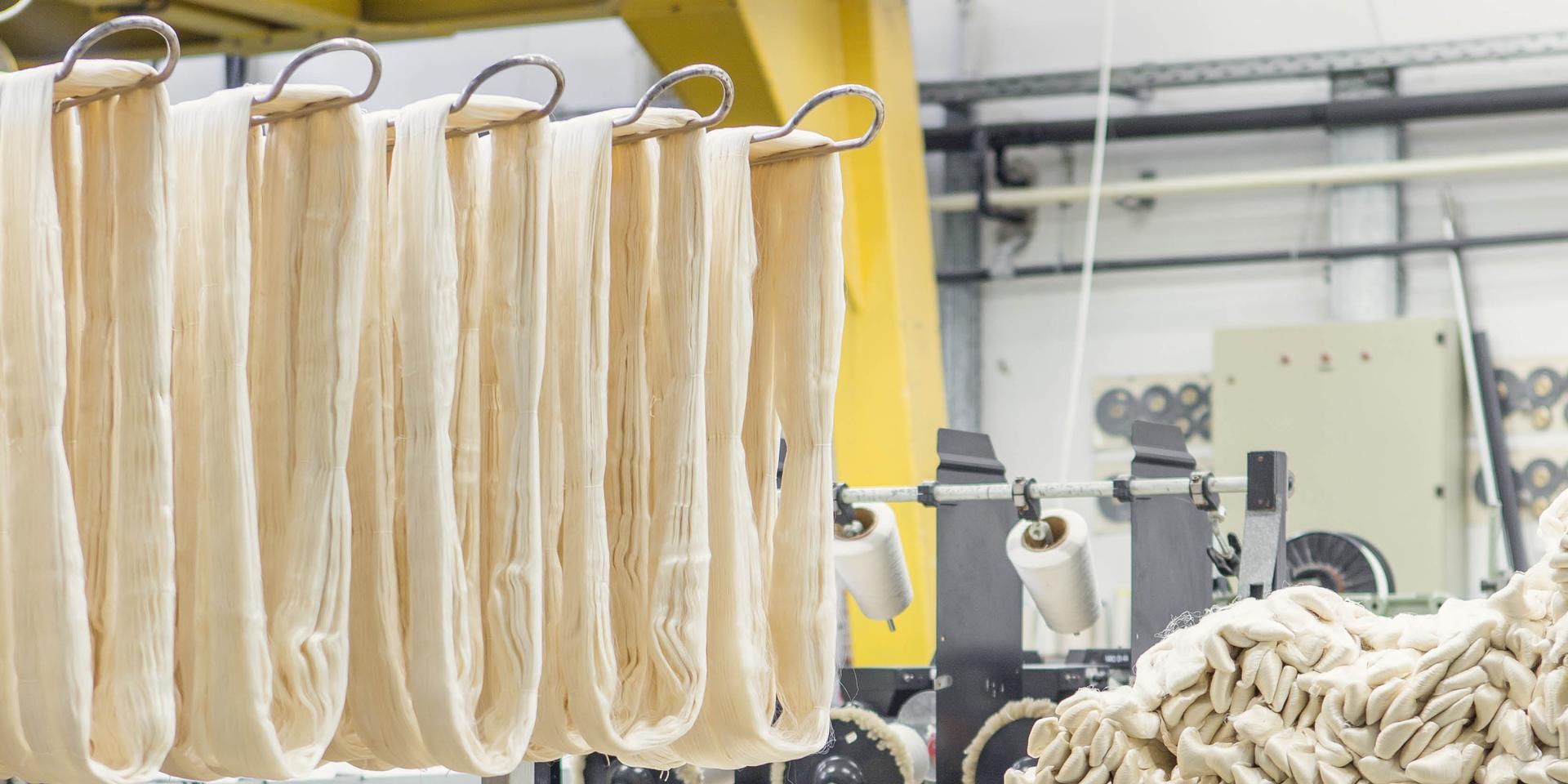
Bourrette silk
Bourrette silk is, in turn, made from the waste from Schappe silk production. Bourrette silk is considered of a lesser quality than the other types of silk. It is matte and coarse, as it is impossible to completely remove the silk gum from the 1 to 5 cm long fibres, unlike with Mulberry silk and Schappe silk, so the resulting structure is irregular and blemished. Bourette silk has a similar handle to linen, but it is more voluminous and durable that other silks, and is also warmer. In Ayurvedic medicine, Bourrette silk is often employed as the fibres have an anti-inflammatory effect due to the high of silk gum content.
The silk in hand-knitting yarns
All types of silk can be found in our hand-knitting yarns. A Bourette silk, for example, can be spun with other fibres for greater comfort. The Schappe silk and Mulberry silk are employed in the production of fluffy mohair yarns, which require a good breaking strength and shiny twist or are used to knit chainnette yarns. All types of silk make a sheen and softness possible, they can be used where you want a thread of high-quality, with a good breaking strength that takes dye well. The high-quality silk fibres that we use in our yarns come from China.
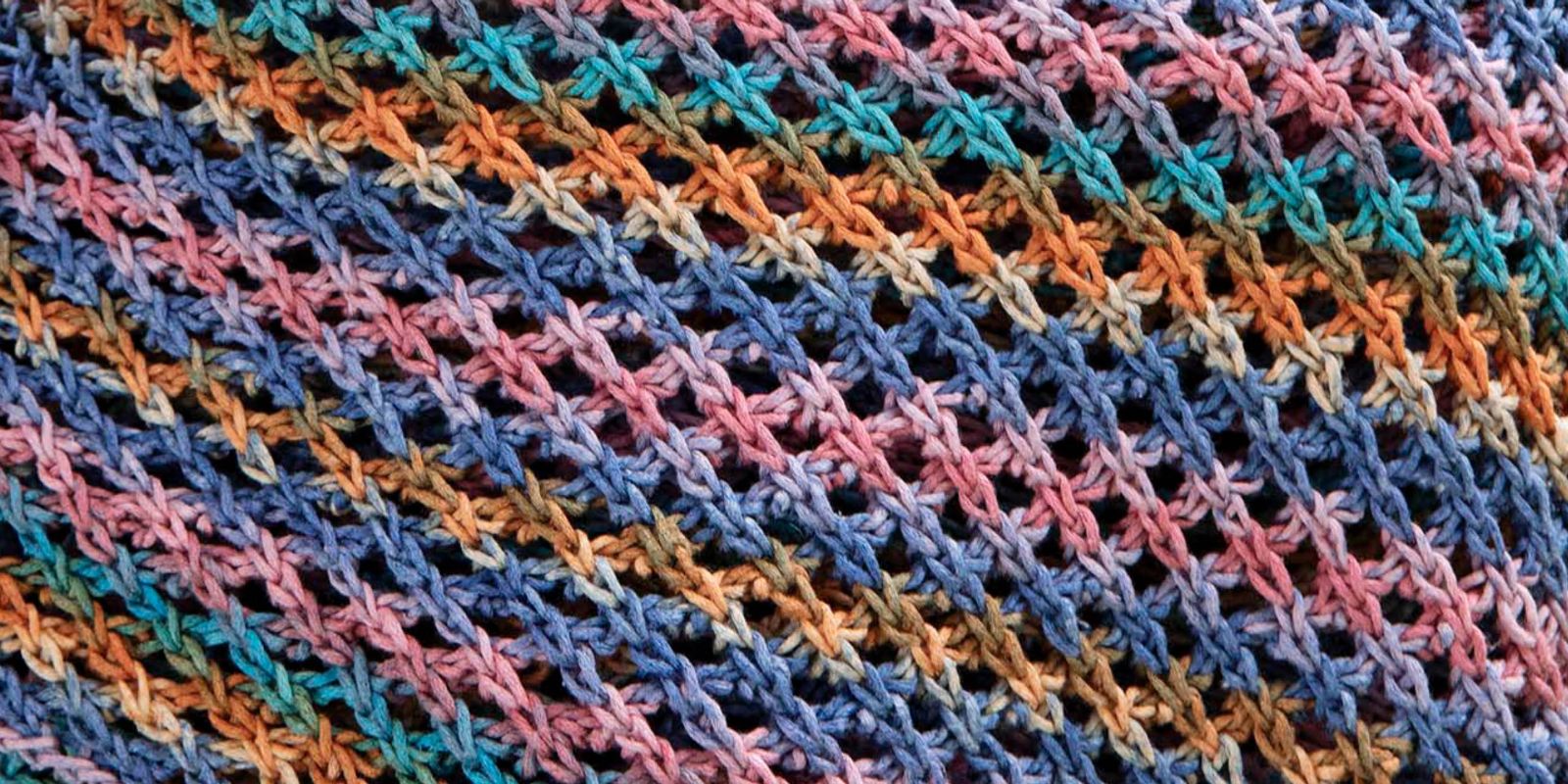
Knitting with silk
A 100% silk yarn is inelastic, but will yield a soft, flowing knit. Silk drapes particularly well and is suitable for long sweaters, dresses or tops, which call for a loose and light fabric. The sheen of silk, together with its soft handle, gives a knitted or crocheted garment an unmistakeable and tangible quality. Silk is very comfortable to wear close to the skin and is soft and cooling, especially in summer. Bamboo or metal needles work particularly well with silk yarns. The more slippery surface of the needles helps the unstretchy yarn glide more easily as you knit

Sources
Material Archiv 2022, Bouretteseide, Schappeseide (ref 31.8.2023).
Hessnatur 2022, Seide, (ref 22.6.2023).

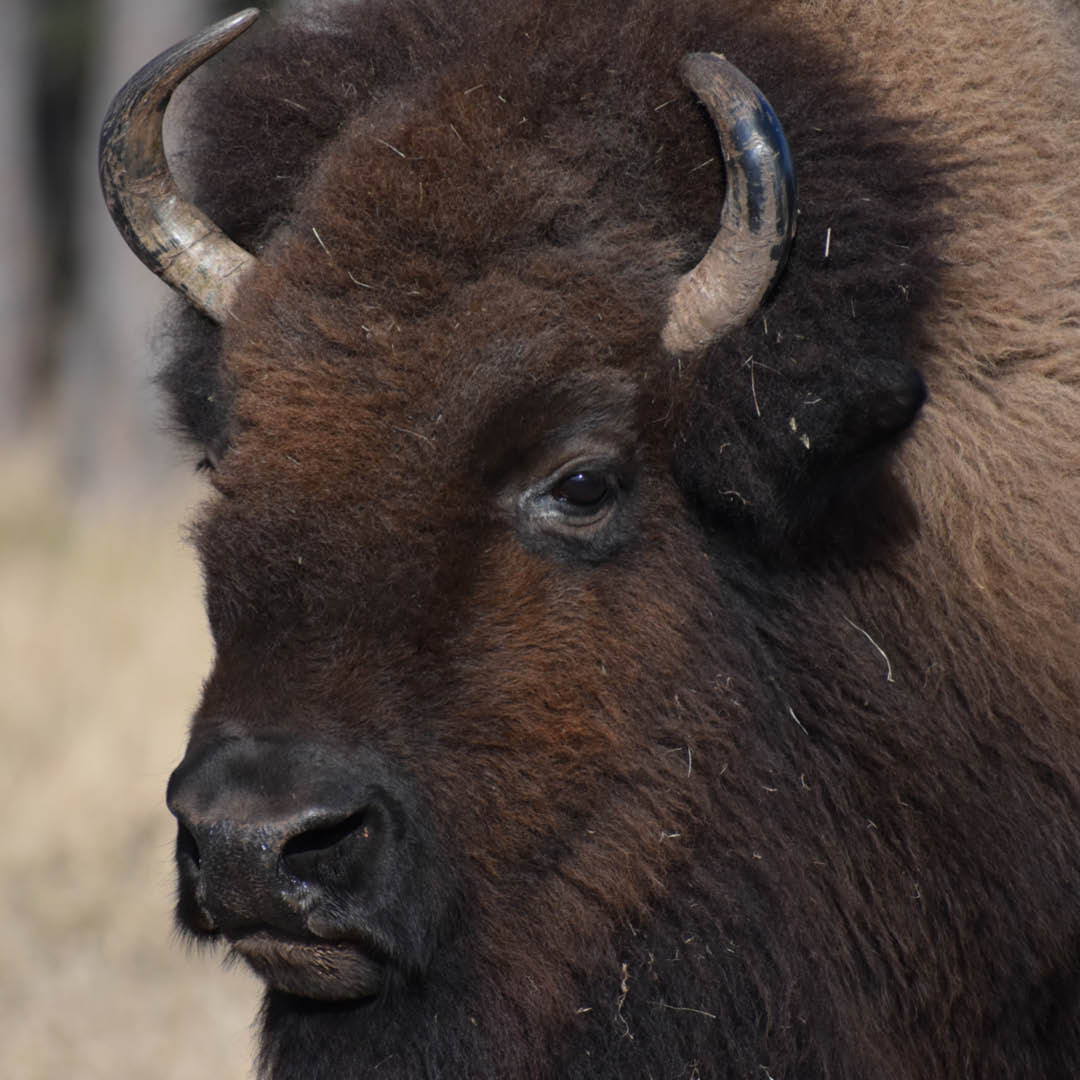
.jpg)
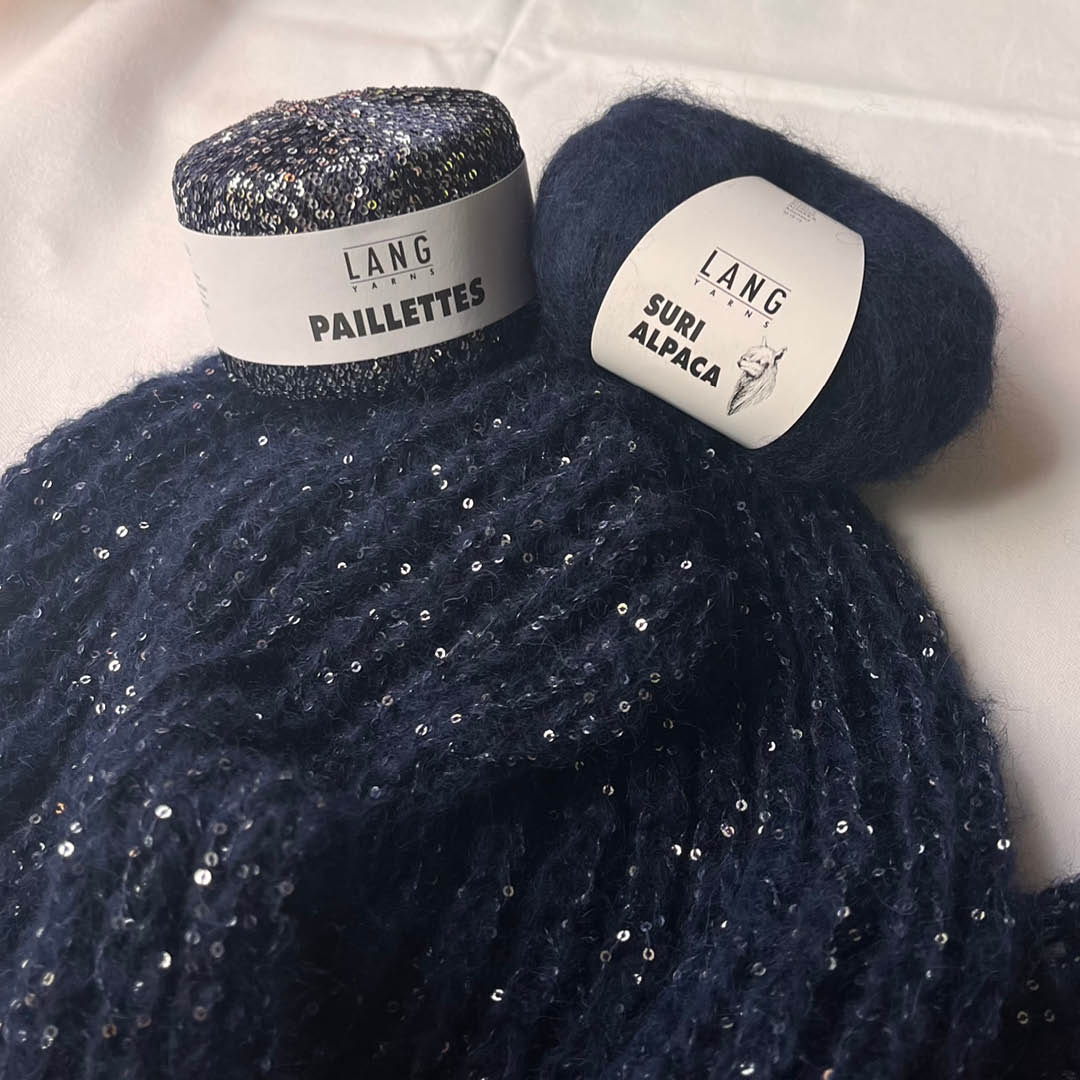
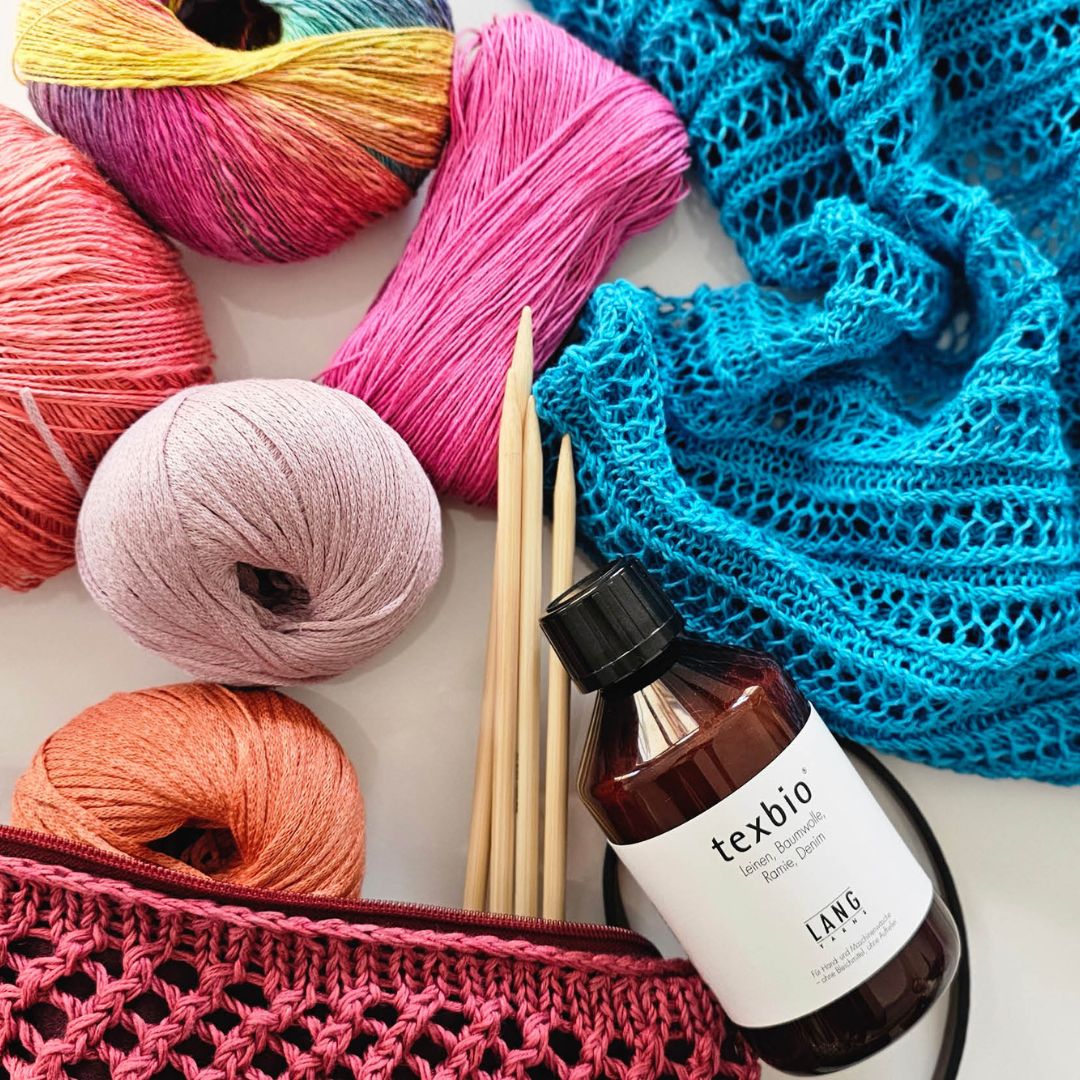
.png)
